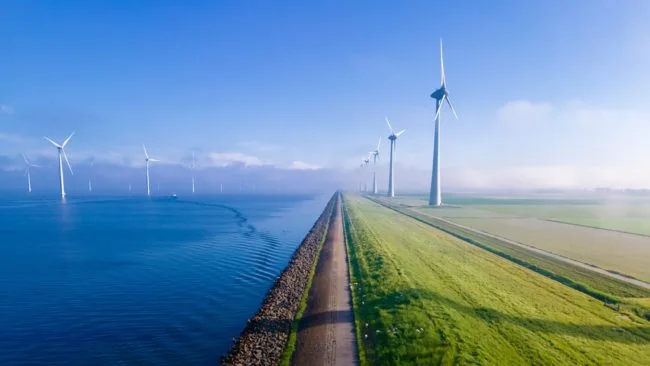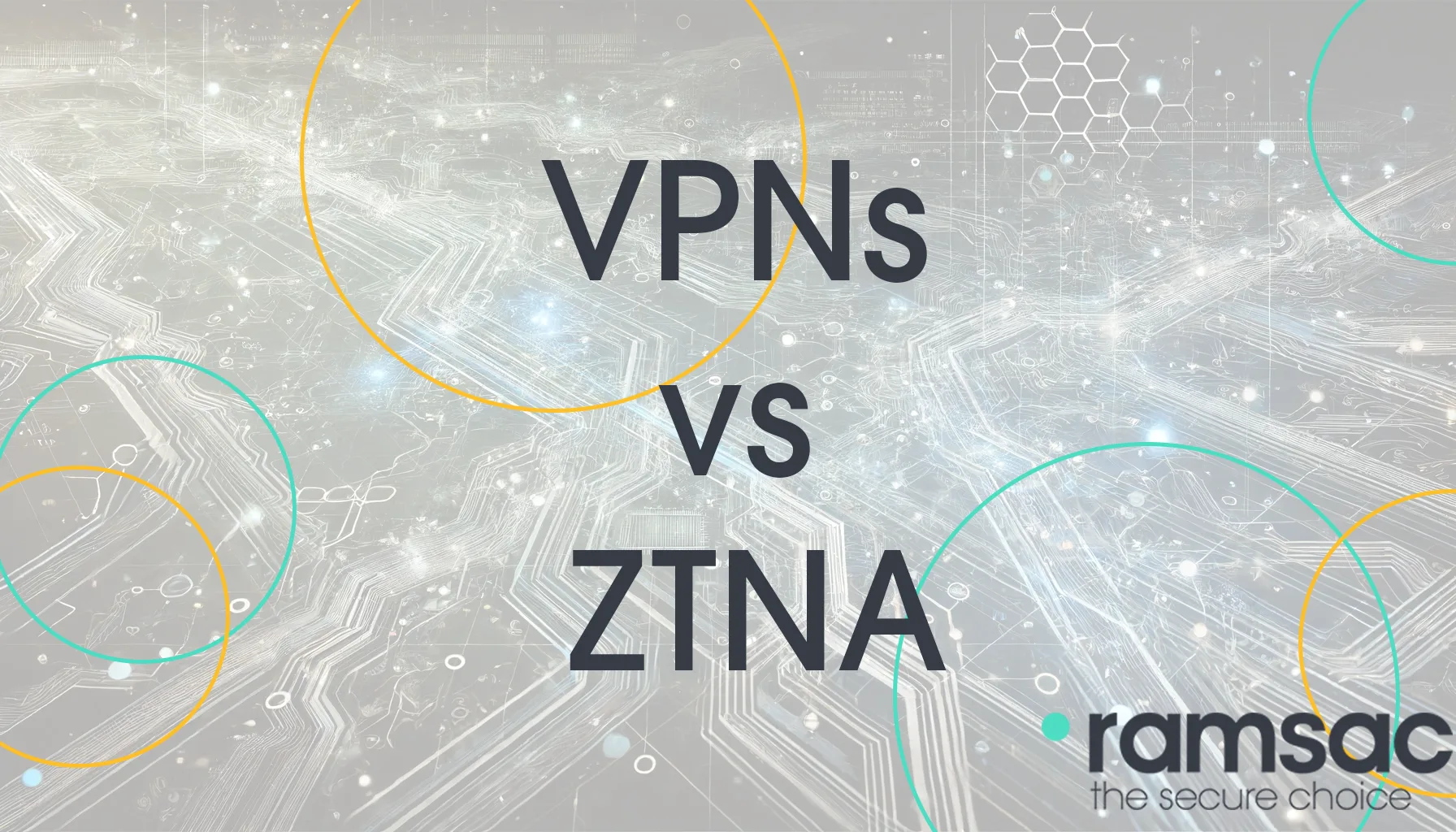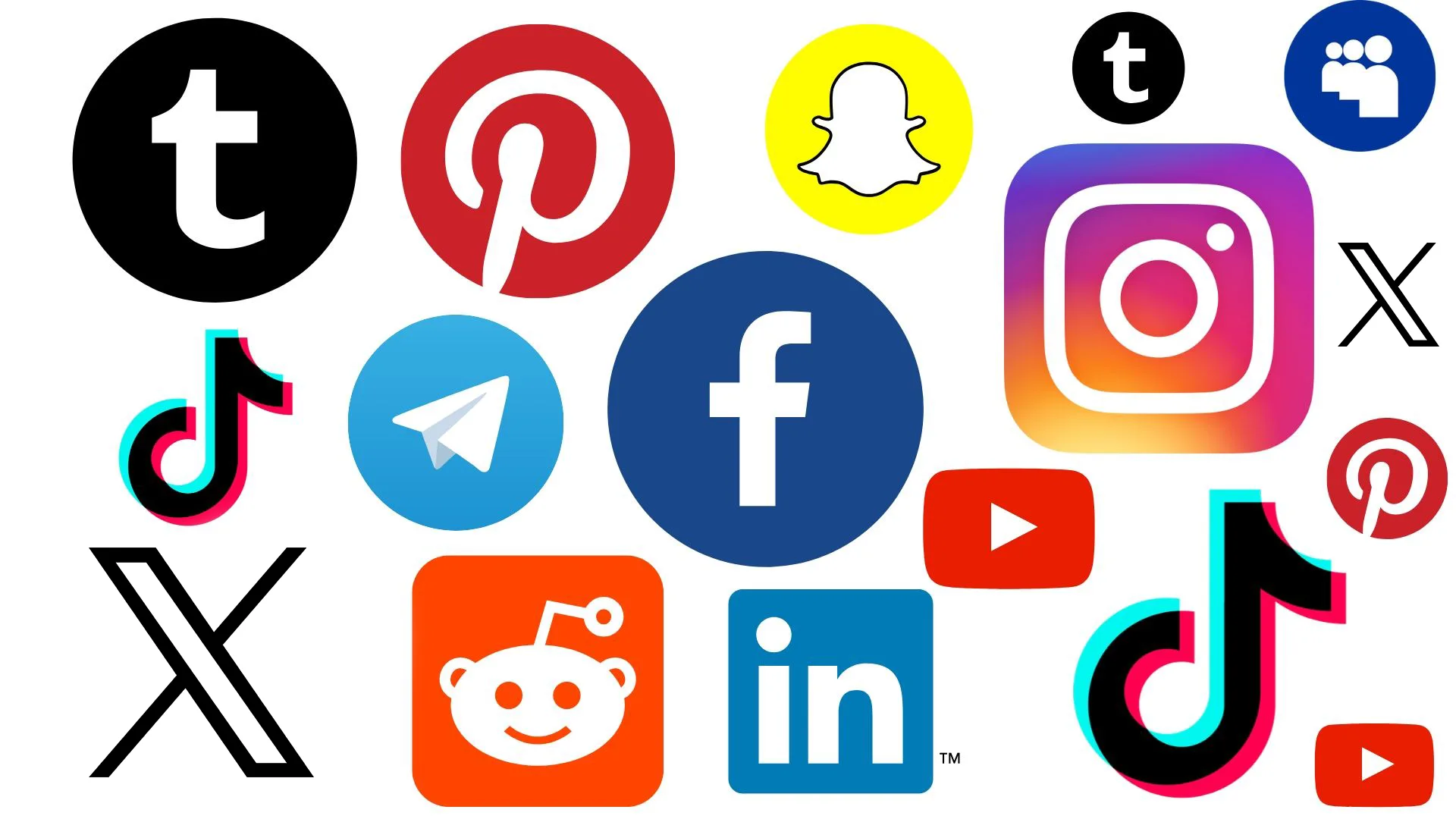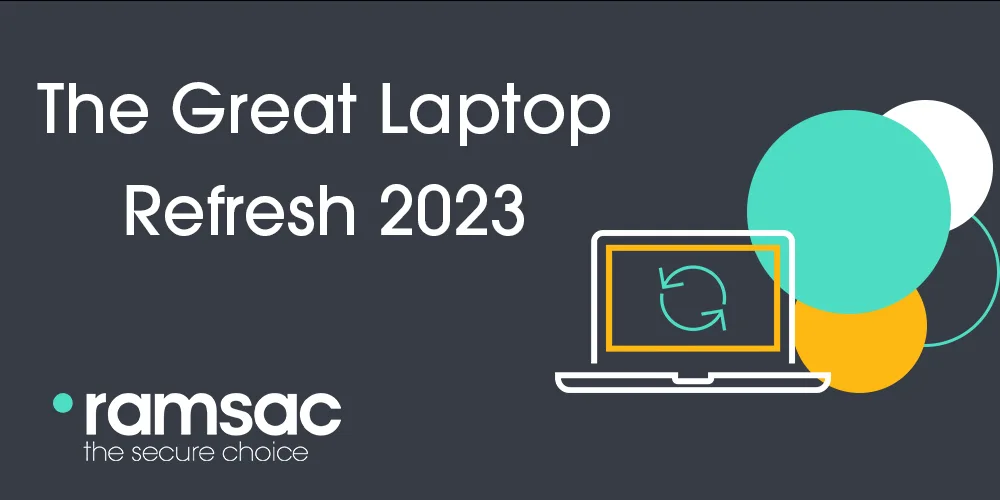What does sustainability in IT look like?

Posted on February 15, 2024 by Louise Howland
Sustainability has become an increasing focus for many people and organisations. 61% of consumers globally said sustainability was an important purchase criterion. It’s no surprise that the IT sector is taking significant steps to be more sustainable and finding ways to do that requires creative thinking and investigating alternative options.
As a business leader, sustainability is most likely already on your radar, but IT may not have been an area of focus, as it’s not immediately obvious how sustainability may work in IT, aside from recycling used batteries. So how can you successfully integrate sustainability into your IT strategy and vice versa?
What defines sustainable IT?
Sustainable IT can include all manner of things, from reducing power consumption, recycling old technology, or making the most of the technology you have. It’s not necessarily about just looking for “green” products but includes changing habits and focusing on creating a system that promotes more sustainable behaviours. You could look at how your business deals with IT waste, which energy supplier you use, and even ensure that the suppliers you work with also meet any sustainability requirements. This includes everything from the laptops you buy, to the printer ink you choose!
Why does my company need to worry about sustainable IT?
We all know that climate change is a growing global problem. It affects every part of our lives, more so disadvantaged communities as they experience food and water shortages, the land they live on ravaged by natural disasters as well as more extreme weather patterns affecting the food they grow. IT produces a huge carbon footprint, with experts estimating that by 2030, 21% of global energy consumption will be attributed to the production and operation of IT. By being more mindful of our IT usage now, we can all create a better future for tomorrow.
One of the many overlooked reasons that organisations need to think about sustainable IT is the impact it has on developing countries. As IT is often produced and assembled in countries that don’t have the luxury of focusing on sustainability, by choosing companies that are committed to improving the regions where their products are developed, organisations can create a more sustainable IT footprint.
How can our organisation improve the sustainability of its IT?
There’s no single right answer here as no company is the same, and neither are the resources available to them. However, the foundations of creating a more sustainable IT strategy and department can boil down to the following.
1. Improved energy efficiency
We are all probably aware of energy efficiency, whether you’ve bought a new appliance like a fridge, or have looked into moving home, energy efficiency crops up in every part of life.
As a business, you can look at improving energy efficiency by upgrading old IT equipment to newer ones. Old servers that are left on 24/7 consume a lot of energy. Modern cloud-based solutions can adapt to use, and they may reduce consumption during off-peak periods, like weekends and public holidays.
2. Conscious sourcing decisions
Buying new or used IT devices can be a headache, there’s no denying that. However, working with companies that have a transparent supply chain that highlights not only where you’re getting your hardware from, but how sustainable it is can make a huge difference over time. This accountability from the companies you buy your IT devices from will help you to see the environmental impact of what you’ve purchased, meaning you can easily assess where you may need to make improvements.
3. Circular hardware
The concept of making something “circular” looks at how we can reuse laptops and other IT devices and reduce the amount of e-waste that is produced every year. Stats show that 160,000 laptops are disposed of daily in the EU alone.
By working with companies that break down old laptops safely, reusing available parts, and safely disposing of the rest, you can quickly create a more sustainable IT estate. Even upgrading your existing laptops rather than just replacing them can be a huge change. Getting a new device is all fun and games, but saving the planet is something that needs to be prioritised over the joy of a new device.
4. Power management
Phantom usage is when devices are left running on sleep mode or not fully turned off, and they can contribute to your overall energy consumption over the year. By encouraging people to switch off plugs at the end of the day, as well as switching off lights in rooms that aren’t in use, you can massively reduce the amount of energy used. Across homes in the UK, it’s estimated that consumers could save £4bn a year on their energy usage by reducing their phantom energy use.
Reducing the amount of electricity your IT consumes will help your overall sustainability, as you’re decreasing your dependency on the National Grid, which is still partially powered by fossil fuels.
Power management can also include switching to a “green” energy supplier that is powered by renewable energy sources. While this doesn’t cut down the amount of energy used, you will know that the energy you do use is a more sustainable option.
5. Moving to the cloud
While some businesses may still keep their files on site in a server, businesses are mostly working in cloud environments. Not only is this the more sustainable option, as economies of scale mean data centres can run on renewable energy more cost-efficiently than your office, but it’s a more secure choice.
If your business still has a server on site, it’s likely you’re racking up a large energy cost from the amount of electricity they need to run. Moving your company to the cloud reduces space taken up in the office, and also reduces the amount you have to spend on electricity as well as your energy consumption.
What are ramsac doing to be more sustainable with IT?
Working with the support of Carbon Neutral Britain, each year we aim to make improvements to reduce our carbon footprint as well as offsetting our carbon footprint via sustainable power projects such as wind farms, hydroelectric power, and solar power. For the third year running, we have obtained carbon-neutral status, something we are hugely proud of.
Our ESG strategy also sets out our long-term sustainability goals. One of the biggest areas we are looking to develop is helping our clients to become carbon neutral with their IT, and our teams are researching ways to make this possible, including where we source our IT from, and how sustainable our repair teams can be.
For more information on how we can help you to create a more sustainable IT approach, please get in touch!







